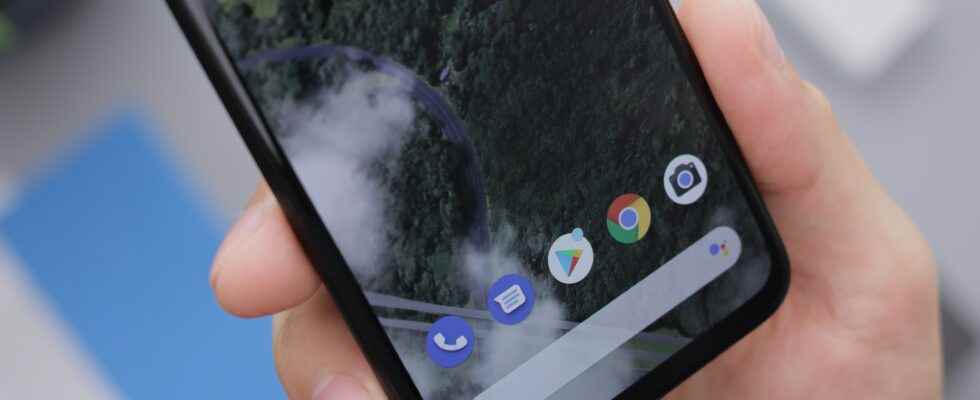Soon the smart phone anyone could predict the risk of death of its holder by simply analyzing the data recorded during six minutes of walking.
Connected objects make it possible to monitor our health in a much more efficient way, like the Withings devices which have been awarded several times, or the Apple Watch which is notably capable of detecting a heart attack. However, these gadgets are owned only by a minor part of the population.
Six minutes walk is enough
In a new study published in the journal PLOS Digital Healthresearchers have found that movement data collected by the sensors of the much more democratized smartphones can predict a person’s five-year mortality risk with about 70% accuracy.
To arrive at this result, scientists looked at data from 100,655 participants in the UK Biobank study, which has been collecting health information from middle-aged adults and older people living in the UK for more than 15 years. United. The latter demonstrated significant correlations between walking speed and general health, as participants wore wrist-mounted activity monitors for a week and were then followed for at least five years.
They then ran the motion sensor and death data of about a tenth of the participants through a machine learning model, which developed an algorithm to estimate the five-year mortality risk from the acceleration during a six-minute walk.
This predictive algorithm was able to offer five-year mortality risk estimates as accurate as those gathered by 24/7 wearable devices or more complex clinical walking tests. In effect, ” for many diseases, especially heart or lung disease, there is a very characteristic pattern where people slow down when short of breath and speed up again on low doses explains Bruce Schatz, a researcher at the University of Illinois Urbana-Champaign.
Interest in vulnerable sections of the population
The data collected by these fitness trackers is similar to that which can be recorded by a smartphone placed in a person’s pocket when they move. ” Although this data was collected from activity monitors, our sensor models only use inputs that would be possible to collect using inexpensive phones that are currently available. This is possible thanks to our extensive clinical experiences with inexpensive phones, which have allowed the development of very accurate predictive models of the health status of cardiopulmonary patients. “, explain the researchers in the study.
” This is particularly important for health equity purposes, given that the populations most at risk for health are often those with the fewest resources – thus, the people most likely to have good phones. market rather than wearable devices would benefit most from easy evaluation. Phone apps could record six consecutive minutes of walking during daily life, then calculate predictive models for risk stratification via population analysis they continue.
Researchers are now focusing on the sensors found in smartphones and want to test them on samples of people from all segments of the population, so that the results are as effective as possible for everyone. This study demonstrates the increasingly important role of smartphones for health. As a reminder, scientists are also planning to use them as connected stethoscopes.
Sources: New Scientist, New Atlas, PLOS Digital Health

7